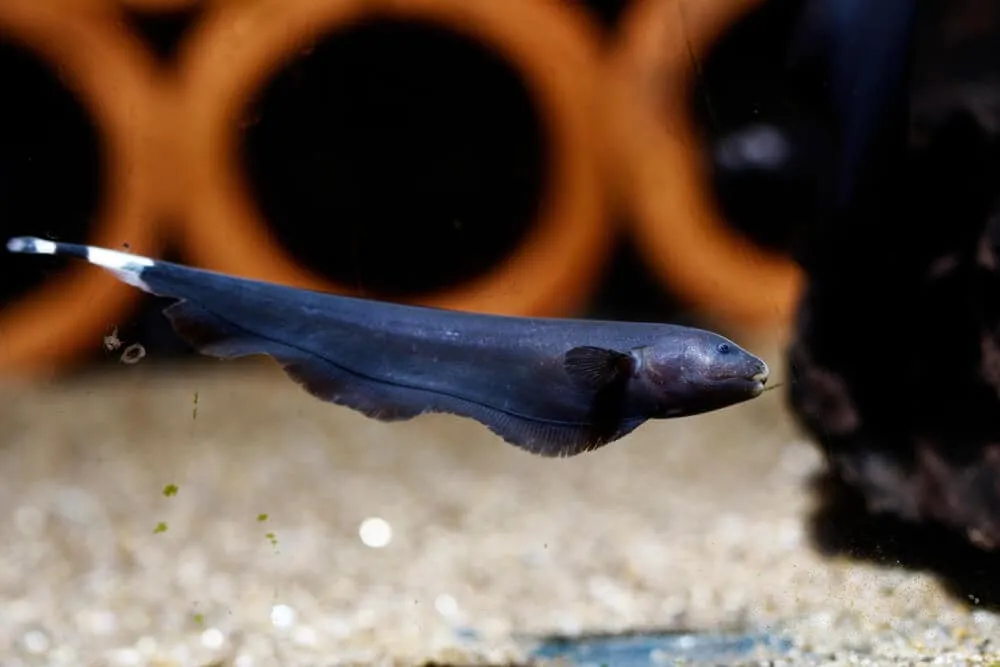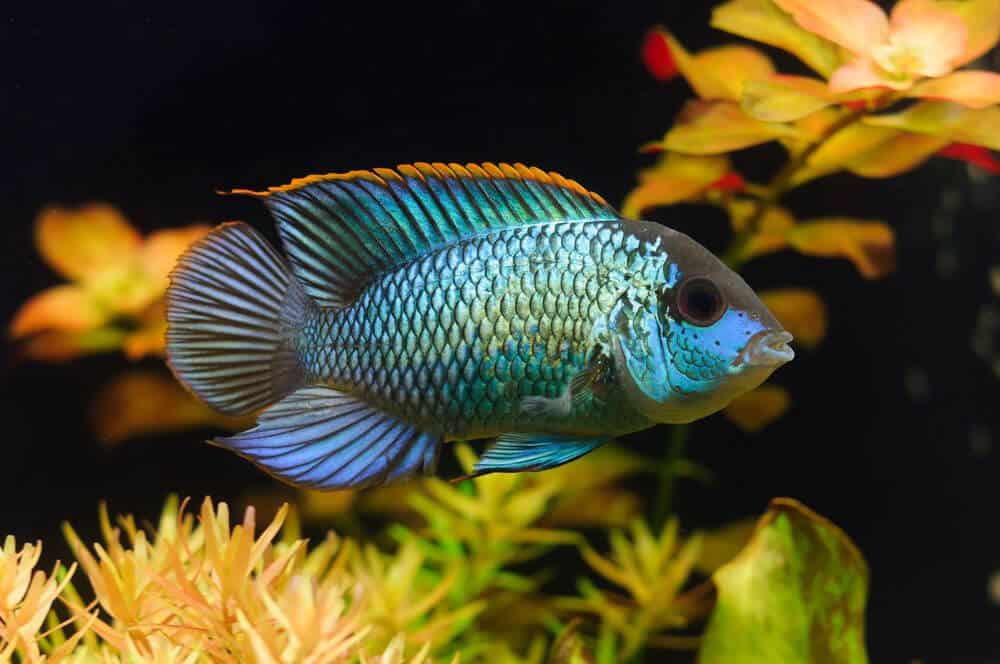The Morphology and Physical Characteristics of the Red Puffer Fish
Are you curious about the intriguing world of the Red Puffer Fish? This captivating article explores the morphology and physical characteristics of this unique marine creature. From its taxonomy and classification, to its habitat and behavior, this article provides a comprehensive overview of the Red Puffer Fish. Discover its special adaptations, venomous defense mechanisms, and ecological importance in marine ecosystems. Dive into its interactions with humans, including its culinary uses and references in popular culture. Join us on a fascinating journey as we explore the wonders of the Red Puffer Fish and understand the importance of studying and conserving these remarkable creatures.
Definition of Red Puffer Fish
The Red Puffer Fish, also known by its scientific name Arothron nigropunctatus, is a fascinating marine creature that belongs to the Kingdom Animalia. This species of puffer fish is highly recognizable for its vibrant red coloration and unique physical characteristics. It is a member of the family Tetraodontidae and the genus Arothron. Known for its distinct appearance and interesting behaviors, the Red Puffer Fish has captured the attention of both scientists and enthusiasts alike.
Importance and Significance
Although the Red Puffer Fish may seem like just another species in the vast ocean, it holds great importance and significance both ecologically and culturally. Understanding the biology and ecology of this fish can help us gain insights into the overall health of marine ecosystems. Additionally, the Red Puffer Fish plays a crucial role in controlling prey populations, thus maintaining the delicate balance of the underwater food chain. From a cultural standpoint, this species has captivated artists, writers, and individuals worldwide, leading to its inclusion in various forms of art and popular culture.
Overview of the Outline
To provide a comprehensive understanding of the Red Puffer Fish, this article will delve into various aspects of its biology, behavior, and ecological importance. The taxonomy and classification section will explore the scientific name and kingdom of this species, as well as its family, genus, and common names. Moving on, the morphology and physical characteristics section will highlight the size, shape, coloration, fins, appendages, skin, scales, and special adaptations of the Red Puffer Fish. The habitat and distribution section will detail its natural range, preferred environments, and geographic distribution. The behavior and diet section will shed light on its feeding habits, predatory nature, social behavior, and reproduction. Additionally, the venom and defense mechanisms section will discuss the presence of tetrodotoxin, warning coloration, and the fish’s unique inflating behavior. Finally, the ecological importance section will emphasize the Red Puffer Fish’s role in marine ecosystems and its impact on prey populations.
Taxonomy and Classification
Scientific Name and Kingdom
The scientific name of the Red Puffer Fish is Arothron nigropunctatus. It belongs to the Kingdom Animalia, encompassing all living organisms with specialized cells and organ systems.
Family and Genus
The Red Puffer Fish is a member of the family Tetraodontidae, which includes species that possess the ability to inflate themselves as a defense mechanism. Its genus is Arothron, a group of puffer fish known for their unique physical characteristics and behaviors.
Common Names
The Red Puffer Fish is also commonly referred to as the Blackspotted Puffer, Dogface Puffer, and Spotted Puffer. These common names reflect the prominent spots and distinctive facial features characteristic of this species.
Morphology and Physical Characteristics
Size and Shape
The Red Puffer Fish typically reaches a length of 30 to 40 centimeters, making it a relatively small member of the puffer fish family. Its body shape is globular with a rounded appearance when deflated, while elongating when inflated.
Coloration
As the name suggests, the Red Puffer Fish displays a vibrant red hue on its body, often accompanied by black spots. This striking coloration serves as a warning to potential predators, signaling the presence of toxins.
Fins and Appendages
This species possesses a set of pectoral fins located on the sides of its body, which it uses primarily for steering and maneuvering. Additionally, it has a dorsal fin, anal fin, and caudal fin, all contributing to its overall locomotion.
Skin and Scales
The skin of the Red Puffer Fish is covered in small, rough scales, providing protection from external elements and potential predators. These scales also aid in reducing drag and enabling the fish to swim efficiently through the water.
Special Adaptations
One of the most remarkable special adaptations of the Red Puffer Fish is its ability to inflate itself by ingesting large amounts of water or air. This inflation serves as a defense mechanism, making the fish appear larger and less appealing to predators.
Habitat and Distribution
Natural Range
The Red Puffer Fish is primarily found in the tropical waters of the Indo-Pacific region. Its natural range encompasses areas such as the Red Sea, the Maldives, Indonesia, the Philippines, and Australia.
Preferred Environments
This species prefers to inhabit coral reefs and lagoons, where it can find ample food sources and suitable hiding spots. It is commonly observed in areas with moderate water flow and a diverse array of coral formations.
Geographic Distribution
The Red Puffer Fish has a broad geographic distribution, ranging from the eastern coast of Africa to the western Pacific Ocean. Its presence in multiple countries highlights its adaptability and ability to thrive in diverse habitats.
Behavior and Diet
Feeding Habits
The Red Puffer Fish is primarily a carnivorous species, feeding on a variety of invertebrates, such as mollusks, crustaceans, and echinoderms. It is equipped with strong teeth that allow it to crush the hard shells of its prey.
Predatory Nature
Despite its relatively small size, the Red Puffer Fish displays a predatory nature. It hunts by using its acute sense of smell to locate potential prey items, swiftly capturing them with its powerful jaws.
Social Behavior
While the Red Puffer Fish is not known for its social behavior, it can be found in small groups or pairs during certain periods, such as mating or foraging. However, it generally prefers a solitary lifestyle.
Reproduction
The reproductive behavior of the Red Puffer Fish involves external fertilization. During the breeding season, males will court females, displaying vibrant colors and engaging in elaborate courtship behaviors. After successful mating, the female deposits her eggs in a protected location, where the male will guard and aerate them until hatching.
Venom and Defense Mechanisms
Tetrodotoxin
One of the most intriguing aspects of the Red Puffer Fish is its production of tetrodotoxin, a potent neurotoxin found in various puffer fish species. This toxin is primarily stored in the liver, intestines, and skin of the fish, acting as a deterrent to potential predators.
Warning Coloration
The vibrant red coloration and black spots of the Red Puffer Fish serve as a warning to predators, indicating its toxic nature. This visual signal is known as aposematism, allowing potential predators to associate the fish’s appearance with danger.
Inflating Behavior
Perhaps the most iconic defense mechanism of the Red Puffer Fish is its ability to inflate itself when threatened. By swallowing large amounts of water or air, the fish can increase its size and present a more challenging target for predators. The inflation also exposes the sharp spines covering the fish’s body, acting as an additional deterrent.
Ecological Importance
Role in Marine Ecosystems
The Red Puffer Fish plays a vital role in maintaining the balance of marine ecosystems. As a predator, it helps regulate the populations of various invertebrate species, preventing overpopulation and maintaining species diversity.
Impact on Prey Populations
The predation of the Red Puffer Fish on certain prey species can have a significant impact on their populations. By controlling the abundance of mollusks, crustaceans, and echinoderms, this fish helps maintain the overall health and stability of coral reef communities.
Conclusion
In conclusion, the Red Puffer Fish, with its vibrant red coloration, unique physical characteristics, and intriguing behaviors, offers a fascinating subject of study. From its taxonomic classification to its striking warning coloration and defense mechanisms, the Red Puffer Fish captivates both researchers and individuals with an interest in marine life. As we continue to study and understand this species, we gain valuable insights into the complex interactions within marine ecosystems. Conservation efforts are essential to ensure the continued existence of this remarkable fish and the preservation of its important role in maintaining the health and balance of coral reef communities. By appreciating and protecting the Red Puffer Fish, we can also foster a deeper appreciation for the wonders of the underwater world and the need to conserve it for future generations to enjoy.





